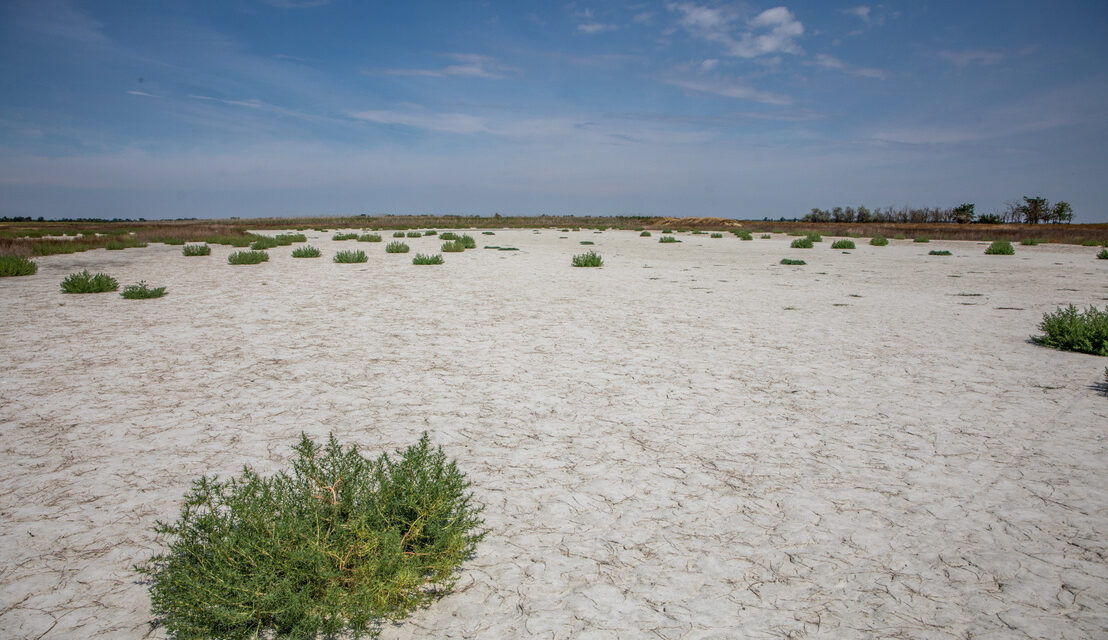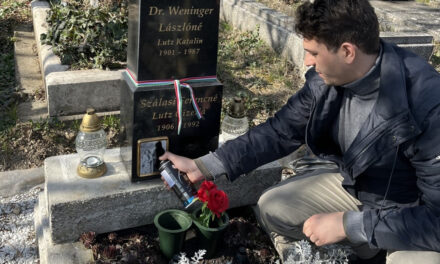This year was one of the warmest Julys on Earth since 1979, but the main problem was that it was not only hot, but also lacking in precipitation.
And the only reason July 2022 did not become the first was because it was colder in a small part of the Earth, but extreme drought was raging in large areas of Europe, North America, South America, Central Asia and Australia. In our country, we have not experienced such a dry first seven months for more than 120 years, and they will probably be even worse than this year.
In Hungary, June has always been one of the wettest months on average, but it seems that we have to say goodbye to Medárd. The warming is noticeably large: on the hottest days in the 70s and 80s, the national average temperature was still 33 degrees in summer, currently it is over 36 degrees!
According to climate researcher Péter Szabó, PhD student at ELTE's Department of Meteorology, this year's drought is unprecedented, but in 2003 we also had an extremely severe summer, after which there was a short "break" because there were severe drought years (for example, 2012 and 2015 ), but less than the two records, 19 years ago and this year.
There are many factors that influence whether a drought will develop, and this is where things get interesting, because it is not only the lack of summer precipitation, a lot of sunshine and dry days that lead to drought, it is equally important what the spring is like, or the global La Niña phenomenon as well .
The work of the evil Little Girl
The Kislány current contributed greatly to this year's drought, the essence of which is that the surface of the Pacific Ocean is cold, so less moisture can evaporate into the globally connected atmosphere. In addition, since the winter behind us, we had many anticyclones, which prevented the moisture from reaching us.
In the last 50 years, there have been droughts roughly every third year, although their frequency has not increased, but after 1990 their extent worsened. Until now, we could expect three years of severe drought every 20 years, according to climate model results, in the second half of the 21st century - if we do not change our emissions - this will surely increase to four.
If the positive scenario were to come into effect and we would pay attention and limit the release of fossil materials into the atmosphere, we could reduce the three years of drought to even two.
Right now, it looks like the planet of the future will be even warmer, by 2 degrees for sure, but according to forecasters, by another 4 degrees. The global change in temperature is clearly influenced by the emission of fossil materials, if there is more in the atmosphere, the temperature will rise, if there is less, it will slowly decrease.
Péter Szabó also considers small actions, the actions of individual people, to be important: if more people ride bicycles, use public transport, consume less, but consciously - this will affect the industry that serves people, production as well, which means that global emissions will also decrease.
Regarding the drought affecting agriculture, Szabó believes that crop yields will change with changes in temperature global
A process that can be slowed down
Can we influence the drought? The surprising answer is yes - with mitigation, that is, we reduce the release of greenhouse gases that cause climate change into the atmosphere, and thus we can slow down the pace of climate change.
The process is probably no longer reversible, and we cannot keep the mythical one and a half degrees, but we still have the opportunity to reach 2 degrees, and now it seems that the USA, China and Europe, the three largest emitters, are taking their commitments seriously.
According to Szabó, even if we succeed in halting emissions, keeping global warming under control and reducing our ecological footprint, we still need to prepare – with adaptation strategies – for hot, dry summers. What can we do?
When it rains, when there is excess precipitation, we must store it!
– this may be the key to the agriculture of the future. Not by chance, as we have rainier seasons - it has already rained this year - but it could not seep into the ground, but instead ran off in the form of flash floods. This rain must be kept and stored for drier days.
Regarding domestic plant culture and agricultural crops, he thinks that we are in a difficult situation, because it is not enough to replace the plants with more drought-resistant species, since continuous drought is not typical for us.
We need plants that can withstand the great, natural variability of our climate: severe drought, but also the occasional extra rainfall. And we can determine such plants with appropriate and numerical impact assessments.
Featured image: Dried natural water catchment near Orosháza on July 7, 2022 / Tibor Rosta/ MTI












